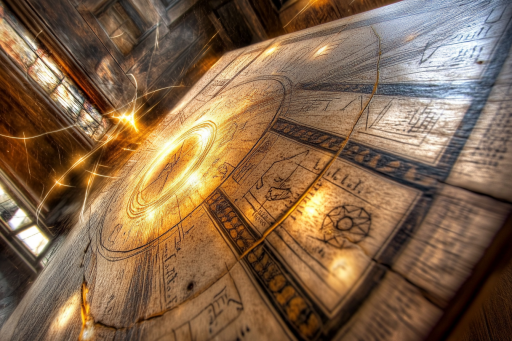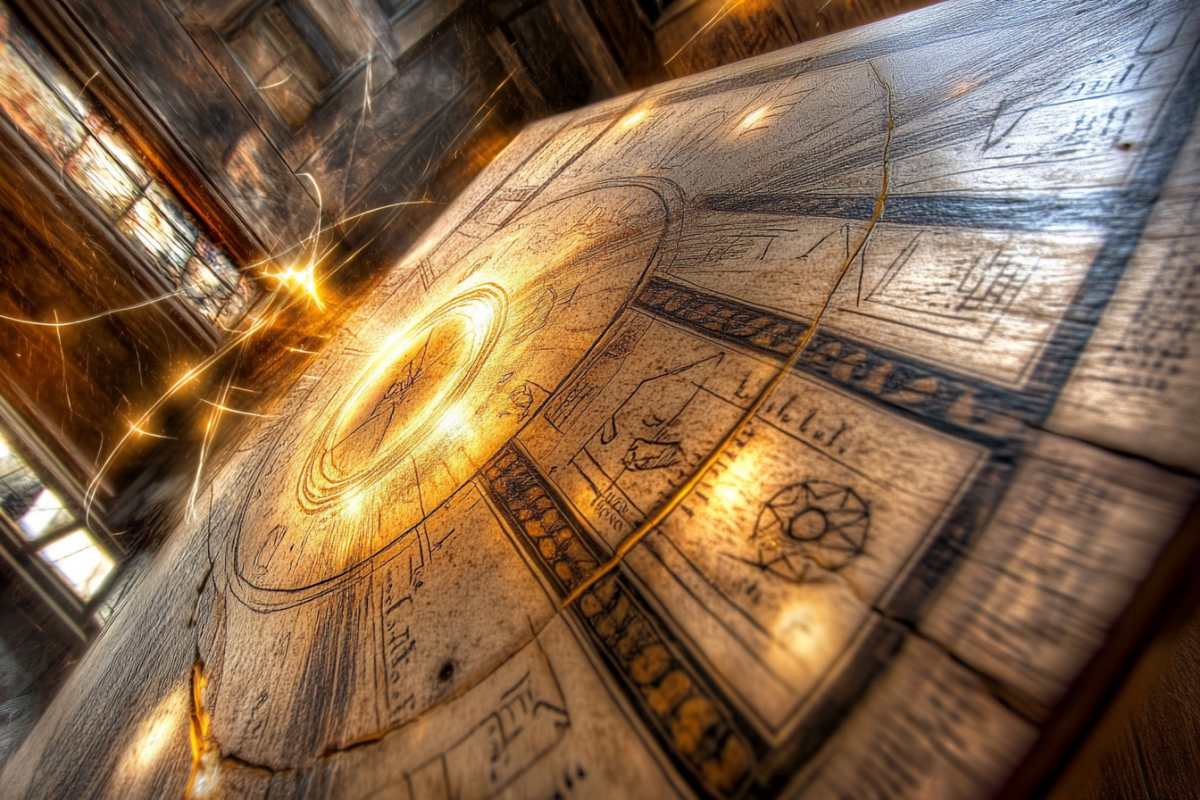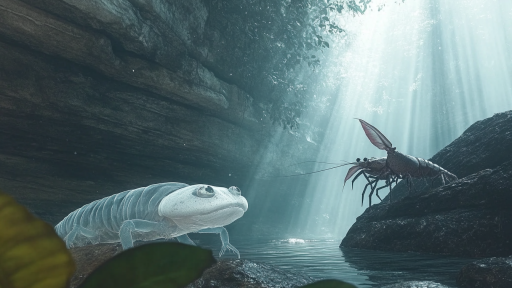
History is filled with groundbreaking discoveries, yet some have faded from collective memory despite their profound impact. These overlooked innovations reshaped medicine, technology, and society, influencing the way we live today. Some were lost to time, only to be rediscovered centuries later, while others quietly revolutionized entire industries without due recognition. Here are the forgotten discoveries that shaped the modern world—yet few remember their names.
The Antikythera Mechanism: The First Analog Computer

In 1901, divers off the coast of Greece discovered a mysterious bronze device buried in an ancient shipwreck. This intricate mechanism, now known as the Antikythera Mechanism, was an advanced astronomical calculator dating back over 2,000 years. It could predict solar eclipses, track planetary movements, and even account for leap years—something thought impossible for its time. This discovery rewrote the history of technology, proving that ancient civilizations possessed far greater scientific knowledge than previously believed.
The Baghdad Battery: Ancient Electricity?

In the 1930s, archaeologists unearthed a strange clay jar near Baghdad containing an iron rod and a copper cylinder. When filled with an acidic liquid, this seemingly simple artifact could generate an electric charge. Some theorists believe it was used for electroplating or even early medical treatments, long before electricity was thought to be harnessed. Whether it was an ancient battery or a misunderstood relic, its existence challenges our understanding of early technology.
Trepanning: The Oldest Brain Surgery

Long before modern neurosurgery, ancient civilizations practiced trepanning—drilling holes into the skull to relieve pressure or treat mental illness. Skulls found in prehistoric burial sites show clear signs of healing, proving that patients sometimes survived these operations. While it seems barbaric today, trepanning was an early attempt at medical intervention that laid the groundwork for modern brain surgery. This forgotten practice reminds us that medical experimentation has always been a part of human survival.
The Green Children of Woolpit: A Mysterious Medieval Phenomenon

In medieval England, two children with green-tinged skin reportedly emerged from an underground cavern, speaking an unknown language. They claimed to have come from a land without sunlight, where everything was bathed in twilight. While some believe they were malnourished or suffering from a rare condition, others see this as evidence of a lost civilization—or even extraterrestrial visitors. The truth remains unknown, buried beneath layers of folklore and speculation.
Viking Sunstones: Ancient GPS Technology

Long before compasses, Viking sailors navigated vast oceans using mysterious sunstones. These crystals, believed to be calcite or cordierite, allowed them to detect the position of the sun even on cloudy days. By holding the stones to the sky, they could locate the sun’s polarization and chart their course with astonishing accuracy. This forgotten technology was instrumental in Viking exploration, enabling them to reach North America centuries before Columbus.
The Bimini Road: A Sunken Mystery

Beneath the waters off the coast of the Bahamas lies a strange formation of rectangular stones, resembling an ancient road or wall. Some believe it is the remnant of Atlantis, while others argue it is a natural phenomenon. Regardless, its existence raises intriguing questions about lost civilizations and the shifting landscapes of history. Could it be evidence of an advanced culture long forgotten?
The Voynich Manuscript: The World’s Most Mysterious Book

Discovered in an Italian monastery, the Voynich Manuscript is a 600-year-old book written in an undecipherable language. Filled with bizarre botanical illustrations and cryptic diagrams, its origins and purpose remain unknown. Some believe it holds ancient medicinal knowledge, while others think it may be an elaborate hoax. Despite decades of study, no one has cracked its code, making it one of history’s greatest linguistic puzzles.
Chinese South-Pointing Chariot: The Compass Before the Compass

Long before the magnetic compass, ancient Chinese inventors created a remarkable device known as the South-Pointing Chariot. This intricate mechanism used differential gears to keep a pointer aligned to a fixed direction, even as the chariot changed course. Used for navigation and military strategy, it was a marvel of early engineering that foreshadowed modern guidance systems. Despite its significance, this invention remains largely unknown outside of historical texts.
The Library of Ashurbanipal: The World’s First Great Library

While the Library of Alexandria is famous for its tragic destruction, the Library of Ashurbanipal in ancient Mesopotamia was just as remarkable. Established in the 7th century BCE, it housed thousands of clay tablets containing myths, scientific texts, and legal records. Among its treasures was the Epic of Gilgamesh, one of the world’s earliest works of literature. Its rediscovery provided invaluable insights into ancient civilizations, yet few recognize its significance today.
The Nazca Lines: Giant Messages in the Earth

Etched into the Peruvian desert over a thousand years ago, the Nazca Lines form massive geometric shapes, animals, and figures only visible from the air. With no known aerial capabilities, how the Nazca people created these precise images remains a mystery. Some theories suggest religious significance, while others hint at extraterrestrial connections. Their true purpose continues to elude archaeologists, making them one of history’s most enigmatic discoveries.
Roman Concrete: The Lost Formula Stronger Than Modern Cement

Ancient Roman builders created a concrete formula so durable that their structures still stand after thousands of years. Unlike modern cement, which deteriorates over time, Roman concrete grows stronger when exposed to seawater due to a unique volcanic ash mixture. The formula was lost with the fall of Rome, and only recently have scientists begun to unlock its secrets. If fully understood, it could revolutionize modern construction.
The Sumerian Star Map: Evidence of a Cosmic Event

A 5,500-year-old clay tablet discovered in Mesopotamia depicts a detailed star map, believed to record an asteroid impact. Modern astronomers matched the celestial alignment to an ancient collision event near Austria, proving that Sumerians possessed advanced astronomical knowledge. This forgotten artifact challenges assumptions about early civilizations and their understanding of the cosmos.
The Kellis Agricultural Account Book: Proof of Ancient Banking

Unearthed in an abandoned Egyptian village, the Kellis Agricultural Account Book contains detailed financial records dating back nearly 2,000 years. It reveals a sophisticated economic system, complete with loans, interest rates, and profit calculations. This discovery proves that complex financial practices existed far earlier than commonly believed, rewriting the history of commerce.
The Dogon Tribe’s Knowledge of Sirius B: A Mystery of the Stars

The Dogon people of West Africa have long spoken of Sirius B, a white dwarf star invisible to the naked eye. Their oral traditions describe its orbit and density with astonishing accuracy—knowledge only confirmed by modern telescopes in the 20th century. How did an ancient, isolated tribe possess such precise astronomical details? Some suggest lost scientific wisdom, while others propose more mysterious explanations.
When History Whispers, Will We Listen?

The past is filled with forgotten knowledge—some lost to time, others dismissed before their true value was understood. Each of these discoveries serves as a reminder that human progress is built on the overlooked and underestimated. What other secrets remain buried, waiting to be unearthed? Perhaps history still holds keys to innovations yet to come.





